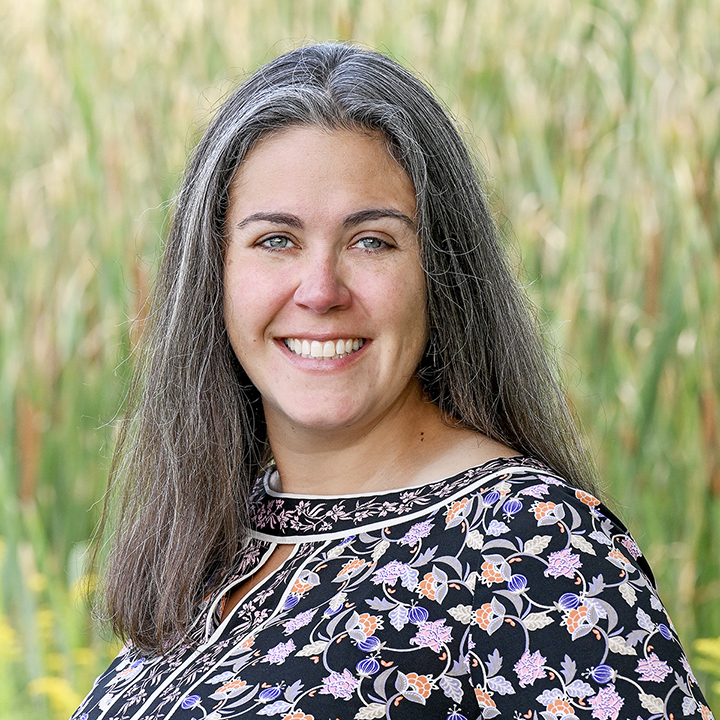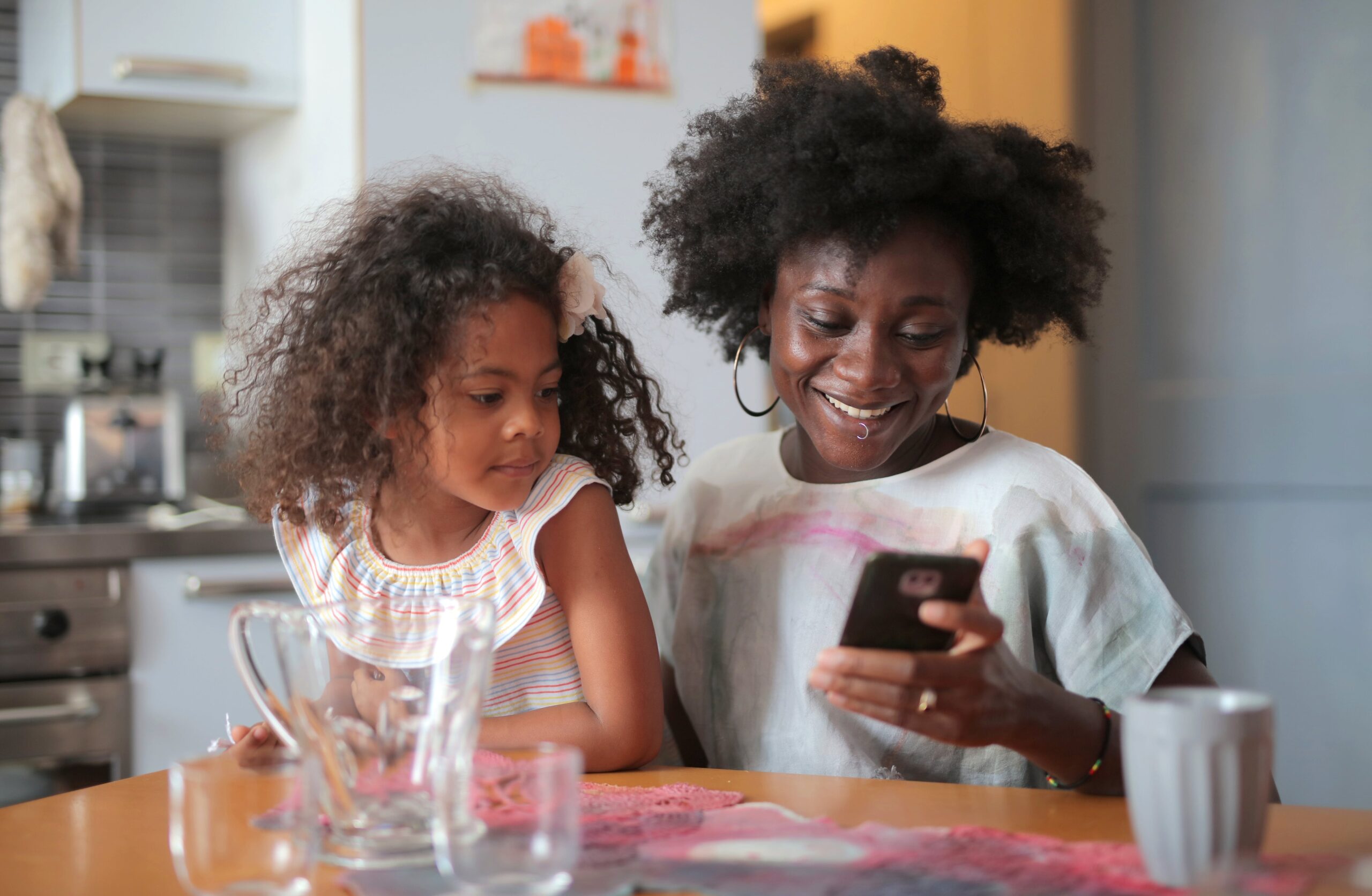Clear and direct: Communication lessons schools learned from the COVID-19 pandemic
By Adrienne Leon, APR, Director of Engagement & Development Services at Capital Region BOCES
At 3 p.m. on March 12, 2020, a group of 24 school superintendents from the greater Capital Region and their teams met on a conference call. The COVID-19 pandemic was coming (or maybe even here) and there were a lot of questions: What should be done about athletic events and large group gatherings? School districts couldn’t decide to just close, could they? How should SATs and adult education classes be handled?

Similar meetings were happening with groups of school leaders throughout New York State. and by the next day, school closing plans were taking shape. Meetings were scheduled with state and union leaders. Template messages for districts to use in their communications to families were drafted, as were talking points for school leaders and a joint press release. Within four days, districts were crafting food distribution plans, providing childcare for essential workers, and offering a variety of social-emotional support options for students and families. Schools across the state were now closed – at first for two weeks, but then for much longer.
Given our role at Capital Region BOCES, my team was charged with supplying districts with internal communications guidance and support as well as external messages for families and the wider community. The approach we took was to craft universal communications that districts could then customize. Not only did this streamline the work, but it provided consistency throughout the region and offered a measure of certainty in a time of unprecedented uncertainty.
I recently went back and looked at some of these materials. There were templates for different scenarios, lists of audiences to consider, and a variety of communications tools to take advantage of. One of the documents we sent to school leaders read:
“Consistency, speed and appropriateness are key considerations when pushing out messages during a crisis.”
Looking at how the COVID-19 pandemic unfolded in the public school community, one thing is glaringly obvious: communication flowed from the government and healthcare decision makers directly through the schools to staff and families. Each step of the way, updates went on school websites and out through email and text notification systems. Whether they were ready or not, school leaders had to strengthen communications infrastructures and ensure multiple ways to get messages directly to constituents. Given the inevitable political nature of aspects of the crisis response (e.g., vaccination requirements, masking), leaders also needed to ensure messages were clear and carefully manage any opportunities for two-way discussions.
Staying connected and always listening
School leaders learned several key lessons during the pandemic on when and how to best communicate with families and community members, forever changing how some school districts interact with their communities.
Superintendent Marie Wiles of the Guilderland Central School District told me that her district had started sending a regular weekly communication to families to report the number of positive COVID cases in the district and other pandemic-related updates. Gradually, those communications included other important school-related reminders and stories about student achievement. These regular communications are a tool the district continues to use, as they are something families have become accustomed to receiving.
 “Sending regular communication to families has been a positive and permanent change for us,” Wiles said. While today these communications are sent bi-weekly, she said feedback indicates that families appreciate receiving school and district information when it is not connected to a problem.
“Sending regular communication to families has been a positive and permanent change for us,” Wiles said. While today these communications are sent bi-weekly, she said feedback indicates that families appreciate receiving school and district information when it is not connected to a problem.
This sentiment can also be found in other districts. Superintendent David Blanchard of the Schoharie Central School District observed that his community is more sensitive about communication since the pandemic. This has resulted in more frequent communication from the district, and the use of more two-way communication tools like surveys and virtual meetings. At the end of the day, students and their families want what they have always wanted – to know that they are being listened to,” Blanchard told me as he outlined how the district recently used a variety of communication engagement methods during their recent school mascot change.
Mission-focused
Clarity and simplicity of message was paramount for districts during the height of the pandemic. Families had enough to deal with and there was no time for confusion or nonsense. Constituents needed direct messaging that included everything they needed to know, meaning messages couldn’t be buried on websites or lost in a sea of commentary on social media.
Blanchard pointed this out to me in the context of some of the social unrest we’ve seen in our society during and since the pandemic.

“With the nation polarizing around any number of issues, school districts are often caught in the middle. It is best to tread carefully and refer back to our core mission: promoting the safety and well-being of students,” he said, adding that districts always have to carefully consider the implications of any message they are sending out.
Consistency, speed, and appropriateness were important before the pandemic and are still critical today. School districts have to remember their role and what their audiences need from them during any situation – crisis or otherwise. As a central player in the statewide and national pandemic response, our schools only got better at when and how they communicate, something that we will likely see the benefits of for years to come.
———————————————————————————————————————
We, at NYKids, greatly appreciate our Advisory Board members like Capital Region BOCES and especially appreciate Adrienne’s guest blog. If you like this one, check out other Advisory Board member guest blogs. You may also be interested in NYKids’ research on family engagement practices which can be found here.
As always, we welcome your feedback on topics of interest for future blogs at nykids@albany.edu. We also invite you to follow us on Facebook, X, Instagram, and LinkedIn.
